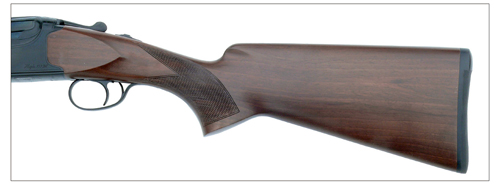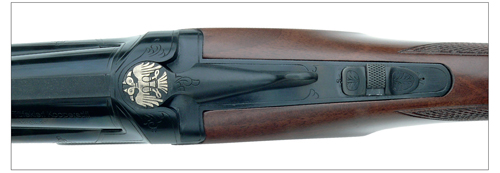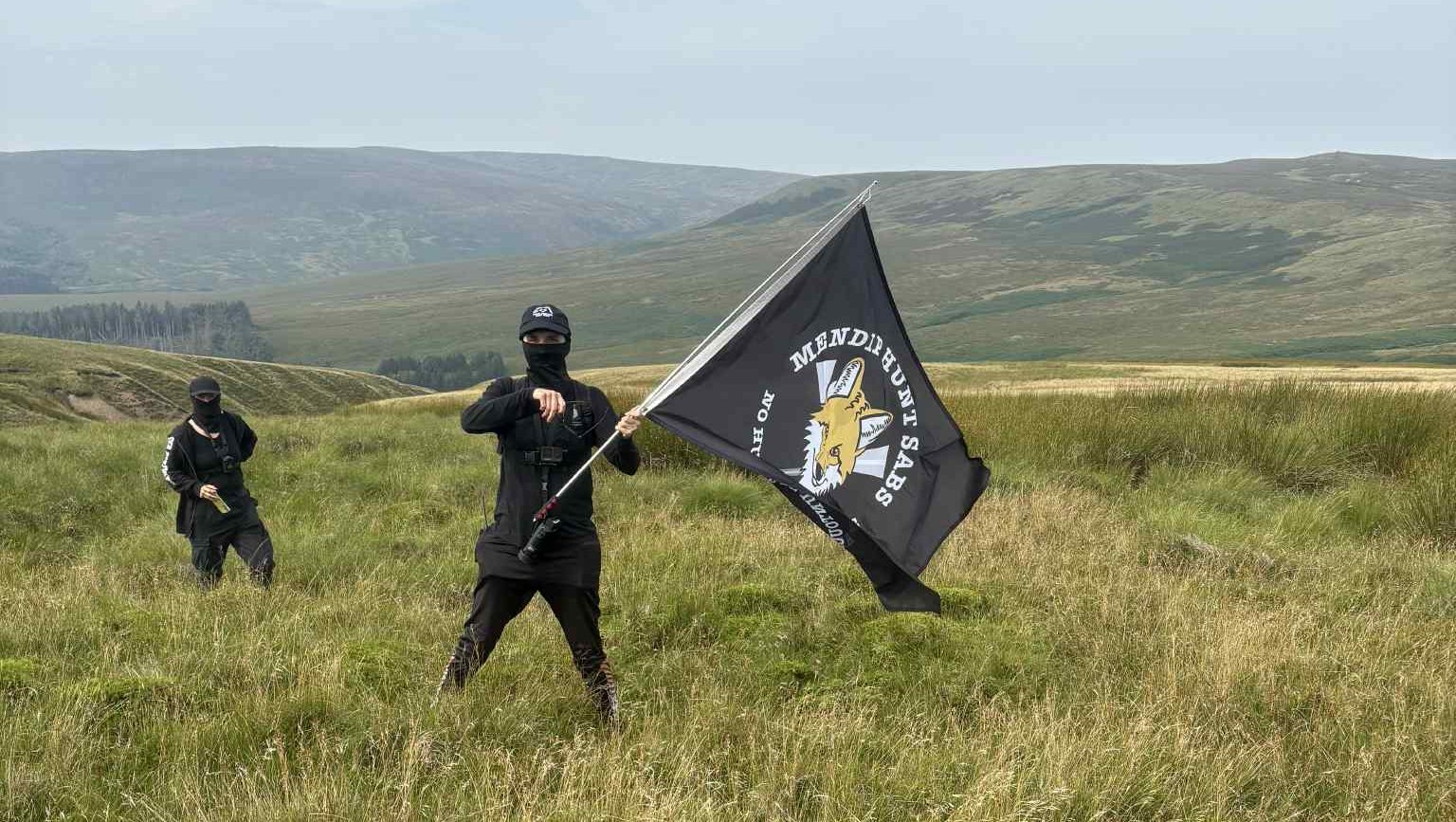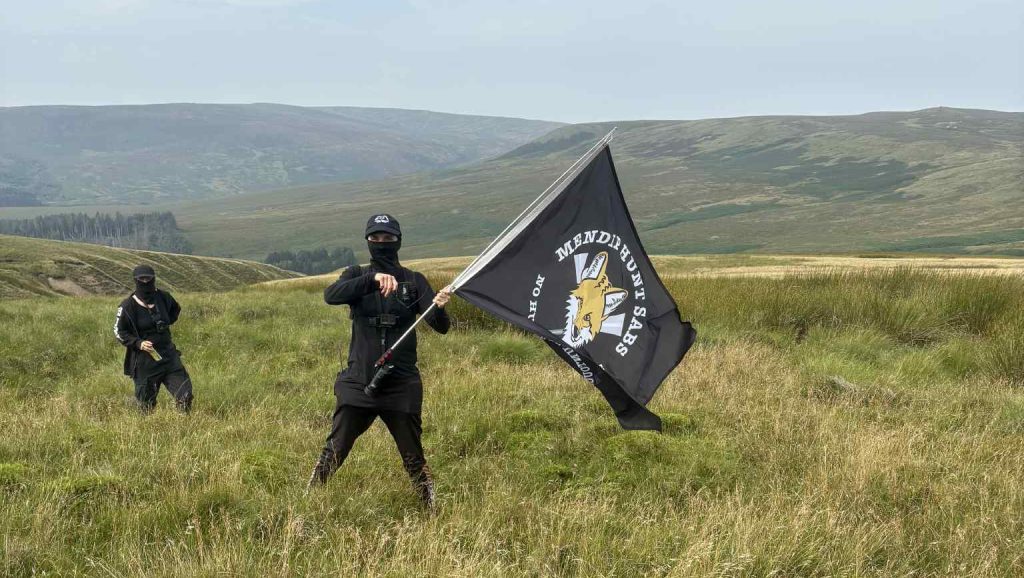News
Huglu 12-bore 103DE shotgun review
Huglu 12-bore 103DE shotgun review: This Huglu 12-bore 103DE shotgun is made by a co-operative that dates from 1962 but claims an ancestry stretching back to 1914 and now produces a wide range of guns.

Huglu 12-bore 103DE shotgun review.
Huglu is, I believe, pronounced something like ?Hooloo?, but with the British knack of mangling other languages, some have already christened it the ?Ugly? ? which is not an assessment of the looks and styling, but a term of endearment.
The model on test was the 103DE, a single-trigger over-and-under ejector gun and in this case with minimal decoration and a black-finished action body.
There are other options with silvered finish, extensive decoration, black with gold-inlaid birds and side-plated models. I rather liked this all-black for its good looks but understated appearance.
Feels substantial
Even with 28in barrels, this shotgun feels quite substantial, but only tips the scales at around 7.1/2lb.
The weight is a little forward, the actual balance point being just about an inch in front of the hinge discs (trunnions), and the fore-end is a good handful that accentuates the forward bias. The hand of the stock is, by comparison, slim and nicely curved, with the tip of the comb well back ? a good formula that will avoid any tendency for the neat trigger-guard to bruise the second finger even with ?full house? loads.
A length of pull of 14.5/8in to the middle of the butt will suit most users of average height and even those of taller build gameshooting or when wearing cold-weather clothing for wildfowling.
For the taller than average Shot it could prove a trifle short with summer wear. Still, there is always the old trick of moving the leading hand slightly further forward and there is plenty of fore-end to accommodate this method.

This gun is nominally cast off (right-handed) with a slight curve running across the face of the stock and up into the comb so, added to the obvious toe-out, it feels comfortable when mounted. However, this is very much an all-purpose game/clay gun and one pointer here is the drop across the comb, a generally standard 1.1/2in at the top of the comb and a trifle more than 2in at the heel.
A tight 12
Like so many modern guns, the barrel assembly is a monobloc design and at the muzzle ends there is a slight flaring of the tubes and screwin chokes are fitted.
This gun sports ventilated side ribs and a similarly styled file-cut top rib, though a solid rib is an option.
Proof is in Birmingham to the superior standard for steel shot and 3in (76mm) cartridges. Both barrels gauged at 0.725in, which qualifies as a tight 12, as under the old British gauge system it would be 13/1, true 12-bore starting at 0.729in.
Externally the blacking is very even, not too glossy, which gives a more traditional look, and the jewelling around the sides of the breech block is extensive and evenly applied, while breech and muzzle ends are cleanly finished.
The choke designation follows the American and Continental system, but as we invented choke (whatever the Americans might believe) I have no hesitation in recording the choke sizes supplied with this gun in the British system. The results when gauged and compared to the bore as a mechanical measurement in the notch-marking system of one to five were smack on full choke, three-quarters, half, quarter and true cylinder.
The lack of any warning actually on the tighter chokes prohibiting their use with steel shot is always a point of concern ? something the importers undoubtedly share as, much to their credit, a large warning notice on the use of chokes with steel shot is included with each gun.
Practical design
The action body is steel, fairly deep, wide and undoubtedly strong. The hinge discs are flush with the outside and in the bottom of the body lie twin cocking dogs (or arms). Most unusually, the face of the standing breech has gas vents leading from around each striker or firing pin hole.

Not uncommon in the earlier days of breech-loaders when cartridges might not seal properly or the primer even fail, it is a feature rarely seen nowadays. It soon became apparent that Turkish gunmakers had done all their homework, studying other designs and taking the opportunity to build guns incorporating simple lockwork without some of the inherent faults found in older types.
The Huglu is no exception, and consequently there is so much space around the lock mechanism one is almost tempted on first sight to assume something might be missing. Not so, of course; just a well-laid-out, practical design. The coil (helical) spring operating the safety button/barrel selector bearing on a stamped steel index plate is just such an example of a layout that should give trouble-free service for years.
Helical springs also power the hammers and position the sears while the trigger return is a wire spring. As for the rest of the workings, the barrels incorporate twin lumps that slot down into the action body and engage a full-width locking bolt.
The heavily sprung ejectors incorporate sturdy, good-sized cams to pull the extractors quickly back into the bed so they do not drag against the face of the breech. Altogether it suggests a design made reliably to accept heavy or continuous use, very much a tool for a job.
Good walnut
While some of the more expensive models have stunning wood, this 103DE, though not in that league, had nonetheless very sound, tight-grained walnut for the stock flowing nicely up through the hand for good strength.
The fore-end was somewhat fancier, with a pleasing grain pattern and more than a hint of fiddleback.

Chequering comprises two grip panels at the hand and Siamesed panels on the fore-end. The wood is inherently dark, which, with the satin varnish finish, appears as a mellow tobacco brown.
Solid and reliable
Out in the field, the chunky feel and slight forward bias reminded me of many pre-World War II 12-bores built for the farmers? market, typified by products from the Midland Gun Company; good, solid, reliable guns.
Similar to those guns of yesteryear, it swung smoothly with an inherent tendency to follow through. It did throw the patterns a little high, meaning the target could be seen clearly above the foresight bead.
All the mechanical functions performed as they should, with deep, well-centred primer strikes, strong ejection and a slick, positive feel to the safety button/barrel selector.
Triggerpulls proved crisp and, as is so often the case nowadays, set a little on the heavy side (which, in the manufacturer?s view, means safe) at a smidgen over 6lb. With a mechanical as well as inertia changeover, no problems with second barrel selection were encountered with any cartridge loadings.
The odd matter comes to light that is not immediately obvious when examined on the bench. The barrel selector incorporated in the safety button gives no indication of first barrel selection and the ?s?, indicating safe, is so small as to be almost invisible when glancing down with the gun under the arm.
Also, when changing chokes one needs to be being very firm with the location of the pressed choke key to avoid burring the chokes.
These, though, are very minor niggles and do not detract from the fact that ?old ugly? is a sound, well-made gun that is also a rather handsome piece.
Shot patterns: 3
Reliability: 4
Handling: 3
Trigger: 2
Finish: 3
Stock: 3
Value: 4
Price:
£1,100
Importer: Edgar Brothers
Tel: 01625 613177
www.edgarbrothers.com
Related articles
News
BASC backs four students in 2025 scholarship awards
Four gamekeeping and land management students have been selected to receive funding from BASC's scholarship programmes
By Time Well Spent
News
Masked saboteurs target grouse shoot on Glorious Twelfth
Activists were left visibly frustrated after failing to provoke a reaction from a small syndicate engaged in a legal walked-up shoot
By Time Well Spent
Manage Consent
To provide the best experiences, we use technologies like cookies to store and/or access device information. Consenting to these technologies will allow us to process data such as browsing behavior or unique IDs on this site. Not consenting or withdrawing consent, may adversely affect certain features and functions.
Functional Always active
The technical storage or access is strictly necessary for the legitimate purpose of enabling the use of a specific service explicitly requested by the subscriber or user, or for the sole purpose of carrying out the transmission of a communication over an electronic communications network.
Preferences
The technical storage or access is necessary for the legitimate purpose of storing preferences that are not requested by the subscriber or user.
Statistics
The technical storage or access that is used exclusively for statistical purposes.
The technical storage or access that is used exclusively for anonymous statistical purposes. Without a subpoena, voluntary compliance on the part of your Internet Service Provider, or additional records from a third party, information stored or retrieved for this purpose alone cannot usually be used to identify you.
Marketing
The technical storage or access is required to create user profiles to send advertising, or to track the user on a website or across several websites for similar marketing purposes.





